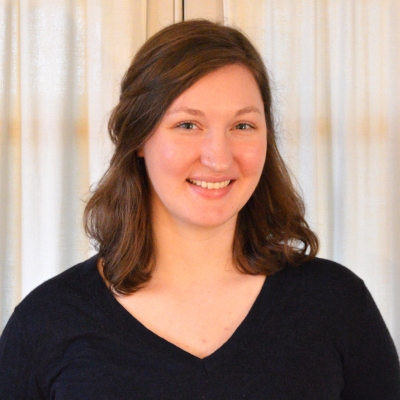The underrepresentation of high-poverty and minority populations in gifted programs has troubled education analysts and reformers for decades. One finding in this winter’s Fordham report on gifted programming gaps was that although high-poverty schools are as likely as low-poverty schools to have gifted programs, students there are less than half as likely to participate in them. This is complemented by a recent University of Connecticut finding that school poverty has a negative relationship with the percentage of students identified as gifted.
Researchers used student-level data from three state departments of education, supplemented by data from NCES, for the cohort of students who entered third grade in 2011 and completed fifth grade in 2014. The data spanned pupils from 4,546 schools in 367 districts. They used free and reduced-price lunch (FRL) eligibility as a proxy for poverty, and compared FRL eligibility, gifted identification, and performance on reading and math tests at the student, school, and district levels.
Their results confirmed existing knowledge about low rates of identification for low-income students, even after controlling for student performance on standardized tests and school and district demographics. In one state, in an average school and district, a non-FRL student was 3.33 times more likely to be identified than a FRL peer with the same test score. In another, 41 percent of schools had no FRL students identified as gifted.
The researchers also looked between and within districts to find where the greatest variability in the percentage of gifted-identified students lay. They found that the variance in both FRL percentages and gifted identification was far greater between schools within the same district than between different districts. In two of the states, even in schools with comparable achievement on standardized tests, the school with a lower percentage of FRL students tended to identify a higher percentage of students as gifted. (In one state, for example, a 10 percent reduction in FRL students yields a 1.7 percent increase in gifted identification.) And in all three states, FRL percentages at the school level had a negative relationship with gifted identification.
The study does, however, have limitations, such as its broad-brush use of FRL eligibility as a substitute for poverty, its reliance on only one cohort of students across three states, and its inability to account for state and district differences in how they define giftedness and identify students.
Nevertheless, the research further solidifies the known relationship between individual poverty and underidentification for gifted programs, and highlights an additional connection between school-level poverty and underidentification. Schools and districts around the country tend to overlook poor students for these opportunities, and this study demonstrates that inequities within districts are a contributor. Denying low-income kids and kids in low-income schools the benefits of gifted education perpetuates injustice, and we all lose when young people don’t reach their potential.
SOURCE: Rashea Hamilton, et al, “Disentangling the Roles of Individual and Institutional Poverty in the Identification of Gifted Students,” Gifted Child Quarterly (January 2018).
